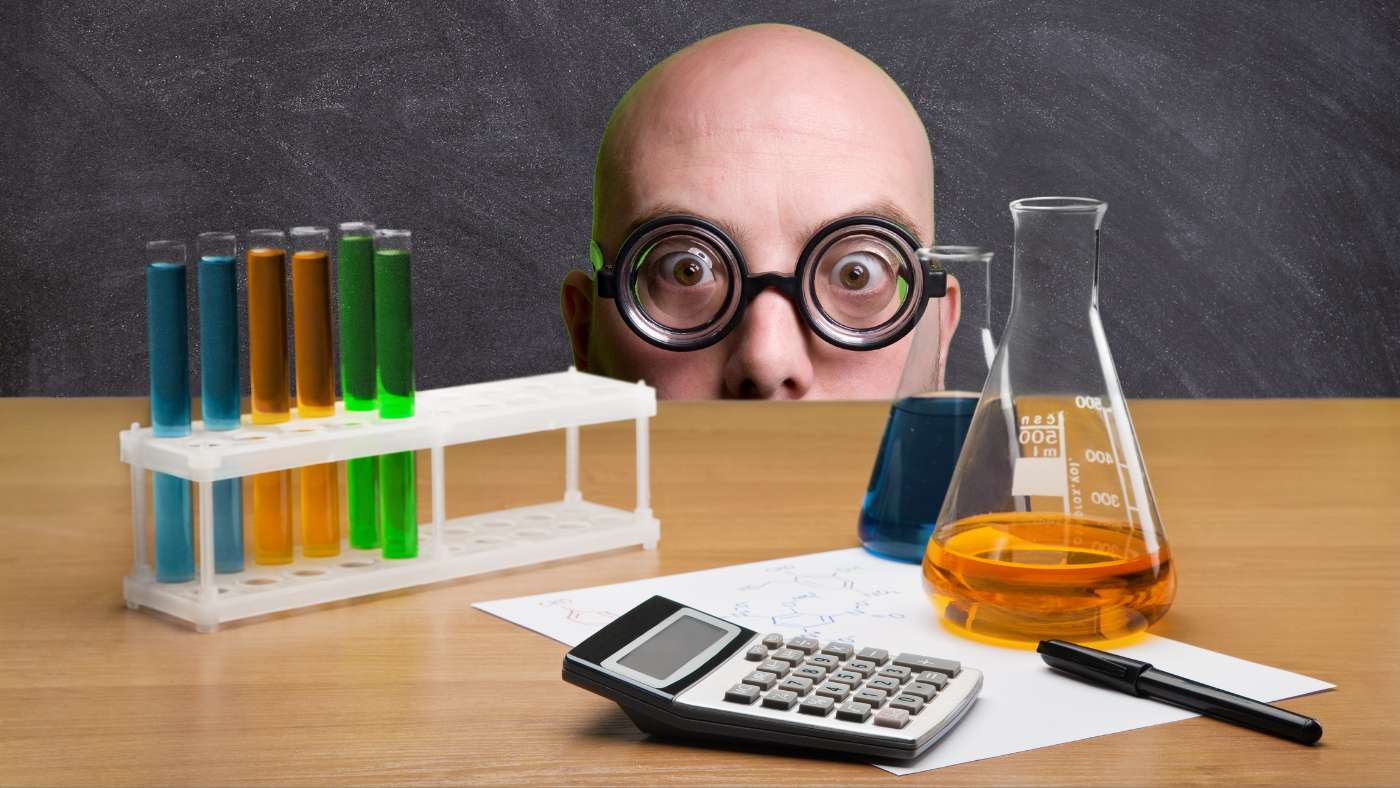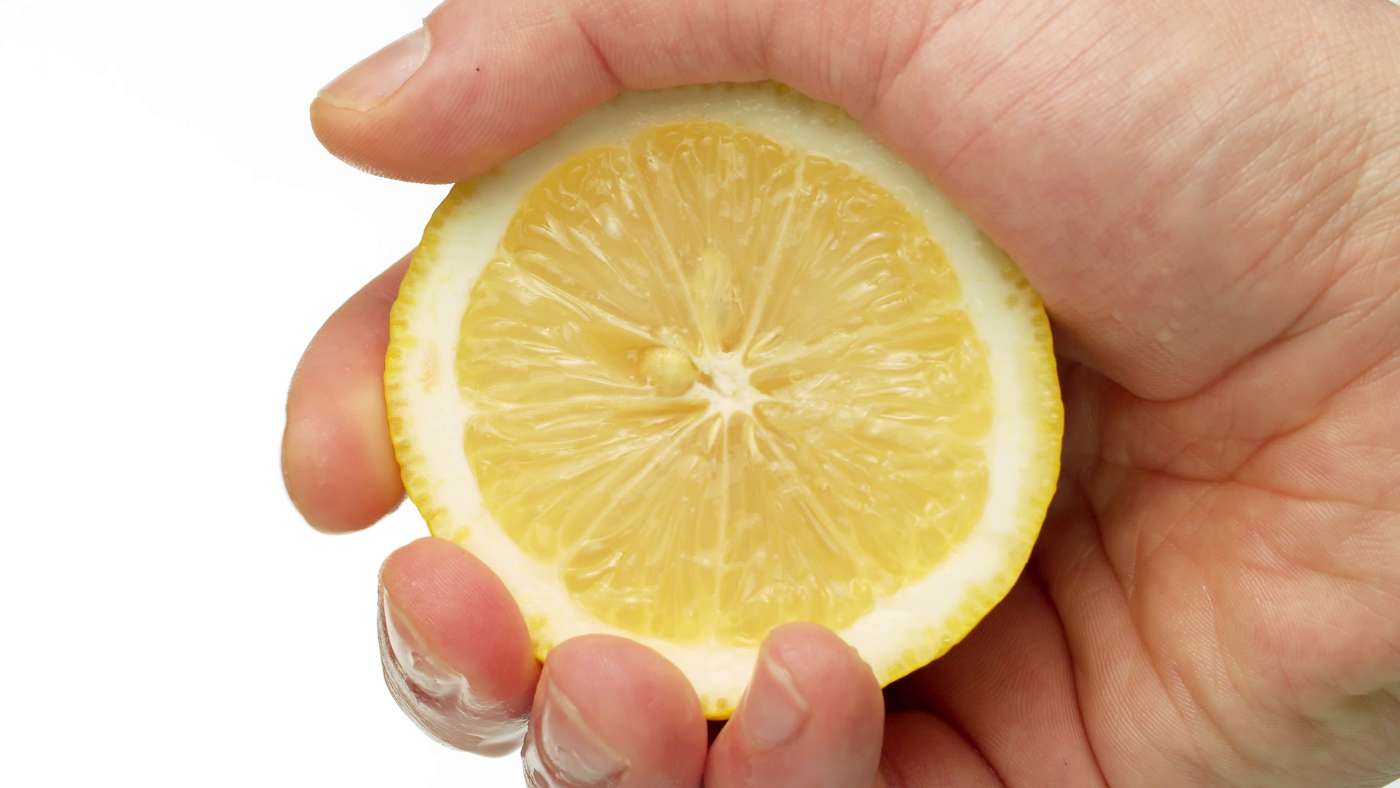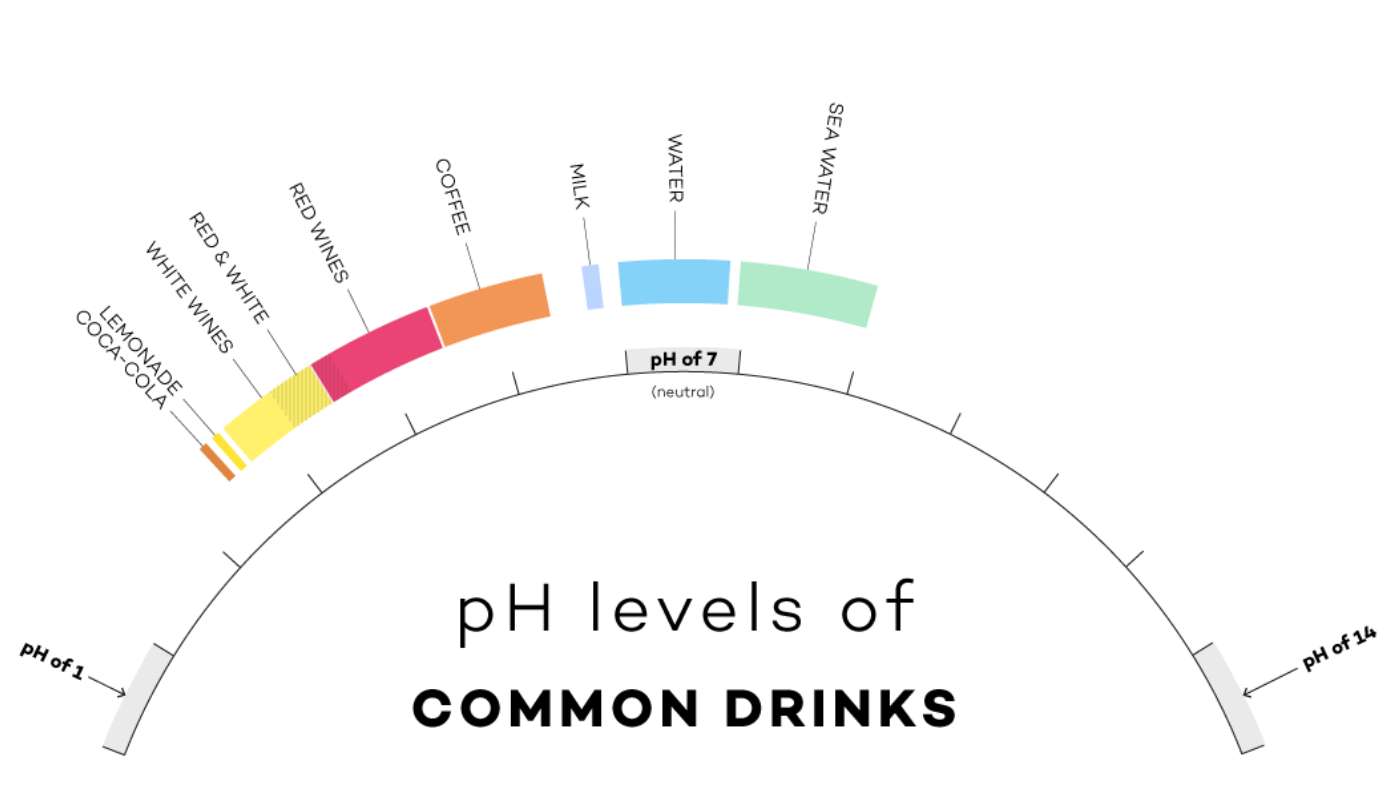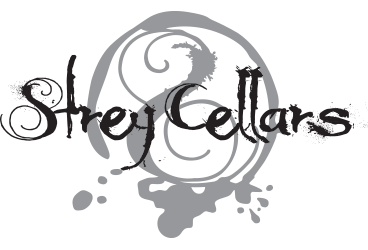28 Sep Nerd Alert: Acidity

There are two types of wine lovers: (A) the type that loves to drink wine, go wine tasting, talk about wine, and eat food with wine. Basically the type that just enjoys the fun, delicious nuances of wine. (B) the type of wine lover that probably does all of the above, and then gets geeky. These are the type of people who apprentice with winemakers, and maybe even try their hand at wine making themselves. They are the ones who are not put off by the mind boggling amount of science involved in wine making. I proudly fit into the first category. In the first few years of my love affair with wine, I absolutely fantasized about making wine, and devoured books about wine, but ultimately, I am not a science person… or a physical labor person for that matter. In 2014 I started volunteering in Ventura County and eventually working at Strey Cellars, which solidified that I am very happy being a wine lover, not a winemaker. However, osmosis must be a real thing, while I may not be super “sciency”, here I am writing blogs about wine. Which means, as I get geeky in the paragraphs to come, you’ll probably follow along easily if you are simply a wine lover. If you happen to be a wine geek, let’s get our nerd on.
There are four characteristics that make up the fundamental structure of wine: tannins, alcohol, sugars (or absence of sugars), and acidity. Having this foundation is imperative to even the possibility of making good wine. I’ve heard it described as a square picture frame, each side needs to be solid, or you won’t be able to stretch the canvas over it properly. The canvas, being that particular winemaker’s style. The style isn’t going to translate if there is an imbalance of tannins, alcohol, sugar, or acidity.

While all of the above are extremely important, I want to focus on acidity. I know that the word can be a bit off-putting. Personally, when I hear the word I envision the horrific cartoon acid called “The Dip” from Roger Rabbit. Acid just seems so violent. But in wine, it’s actually super important and really makes or breaks the taste of the wine. You know that feeling when your mouth starts to water when you so much as think of something tart, like a lemon for example? That’s acid. Any time wine is described as crisp, bright, racy, or nervy, that’s the acidic influence. Acid is what makes wine mouth-wateringly delicious… when properly balanced, of course. Scott, our winemaker says that “acid is what keeps you coming back, it’s what makes you want another sip.” Wine does that every time you drink it, or think about it, no matter which varietal you are drinking. It’s happening to me right now just thinking about popping a bottle! Now, contrary to popular assumption, particularly if you, like me, have been struck by the “Dip” reference, or even have suffered from things like acid reflux, higher levels of acidity aren’t a bad thing. You absolutely can have high acidity and a balanced wine at the same time. Too much acidity will kill the fruitiness of a wine, but not enough acid leaves you with a weak tasting wine that will probably start to turn brown over time. Crisp clear whites, and bright reds, and purples are a sign that the wine has high acidity.
There are many different types of acids that make up “Total Acidity”, or TA. The main acid is Tartaric Acid. Grapes are basically the only fruit with high levels of Tartaric Acid, which could be why it makes such a superior fruit for wine making. It’s extremely important for taste and color. You have definitely heard me talking about Malic Acid before. Almost all red wine goes through a malolactic fermentation (which is what is happening with Slanted right now. Usually this happens in the barrel, but if it doesn’t, then it can happen in the bottle.) Malic Acid helps the wine to have a rounder, fuller mouthfeel, while Lactic Acid brings more of a buttery taste.

I’m sure you have been waiting for me to mention pH. We hear about pH everywhere we go! “Drink alkaline water to balance your pH!” I’ll be honest, I had no idea what that even meant until recently. Water has a pH of seven which is neutral, on a scale from zero to fourteen. Zero is actually high, and fourteen is very very low or nonexistent acid. (I don’t know why it’s backwards, this is why science is not my thing.) In wine, we are hoping for lower numbers, generally because without acidity, spoilage bacteria is able to grow in the wine, which destroys it.
Depending on the winemaker and the region, you will find conflicting views on adding acid. This is mainly because grapes grown in cooler climates that have a longer, slower growing season naturally maintain acid. Grapes grown in warmer climates, like California, Argentina, Chile, and Australia, metabolize the acids, leaving very little, if any, by the time you pick the grapes. It is not only totally legal to add acids, but quite often necessary. I mention that it’s “legal” to add acid, because laws regarding wine making are very particular. I should also mention that added acids are natural ones that already occur in grapes; it’s not foreign or random additions. The timing of acid additions is extremely important, too. You don’t want to add acid too late in the wine making process, this will create a chemical taste. In any event “Acidification” is important for the taste of the wine, it’s imperative for preserving the wine, and will help wine age.

Acids don’t only preserve wine, either, it occurs to me that my skin care serums and creams have different acids added to preserve and repair my youthful looking derma. Interesting how acids promote graceful aging for both wine and humans. If you’re going to take anything away from this blog, just remember next time you’re wine tasting, that acids are what adds to the mouthfeel. That clean, tart feeling that makes your mouth water is all thanks to acids. Wine is extremely complex, and the making process exhausts my brain. But all of that science-y stuff doesn’t have to make an impact on you. All that should really matter to you is whether you like the taste of the wine. You can leave the Erlenmeyer flask, litmus papers and hydrometer to your winemaker.

Author’s Note: My name is Justine, and I have been a part of the Strey Cellars family since infancy. Responsible for various roles, my favorite has been penning their blogs. During the hiatus of the pandemic, I took a leap of faith and began blogging and writing for different niche websites. You can search them through my IG @justinethewitch. Strey Cellars is my home away from home and will surely be your new favorite Ventura County Winery. If this is your first visit to our blog, you’ll notice that I write as if we are old friends because this is the energy of our winery. Visit sometime and see for yourself! If you enjoyed this blog, please share it with a friend. Cheers!

